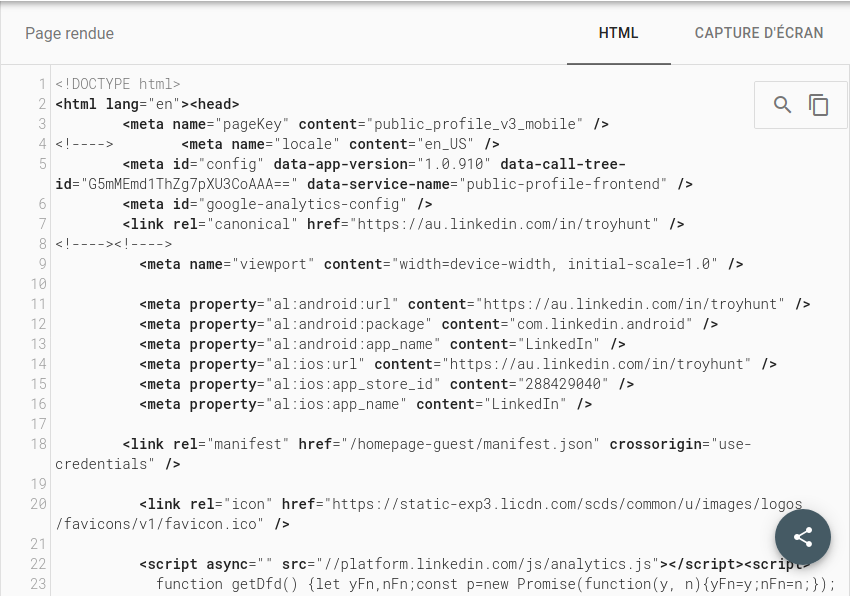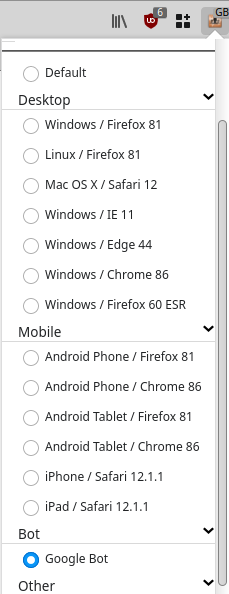OSINT - Simple tips #1 - Linkedin
Dec 7, 2020 by Alexandre Croix | 3126 views
OSINT, for Open Source INTelligence, is the process of searching for, gathering and analyzing data found from public sources. The data are accessible without breaking into any systems (hacking, phishing, etc.). Sometimes, data are behind a paywall (it is necessary to pay a monthly subscription to have access to some specific data) but a lot are easily accessible with the right tricks.
We will describe some basic tips in several blog-posts. Today, we will talk about two simple tips about Linkedin
Linkedin is a professional social network. A user can connect with other people to find new jobs, new colleagues or potential new partnerships.
It is not possible to explore the Linkedin profile without an account on the website. And without a premium subscription, you will notify the user you are looking in when you click on his profile.
There is a simple method to circumvent this limitation by using the Google Bot user agent. Indeed, Google Bot can access to the user profiles to index them to Google.
Mobile-Friendly Test
Google provides a system to check that a web-page is accessible and optimized for mobile devices. This tool can be used to avoid the Linkedin limitation.
Browse to Mobile-Friendly Test and put the URL you want to test. In this example, we will use the profile of Troy Hunt (the creator of the website Have I Been Pwned).
 Google will perform several tests and then shows you the result
Google will perform several tests and then shows you the result

Unfortunately, it is not possible to see the entire page on the device, but you can switch to display the HTML code.
 You can now copy the HTML code and use an online HTML viewer to display the entire page and explore it.
HTML Viewer is a good tool to render and beautify several contents.
You can now copy the HTML code and use an online HTML viewer to display the entire page and explore it.
HTML Viewer is a good tool to render and beautify several contents.
User-Agent Switcher Browser Extension
Another method is to use a browser extension called User-Agent Switcher and created by Alexander Schlarb. Just by switching the User-Agent in the menu, you click and access to the Linkedin profiles. Of course, this second method is easier and more convenient than the first one.
Next
In the next post, we will talk about Facebook. Stay tuned!
This blog post is licensed under
CC BY-SA 4.0




